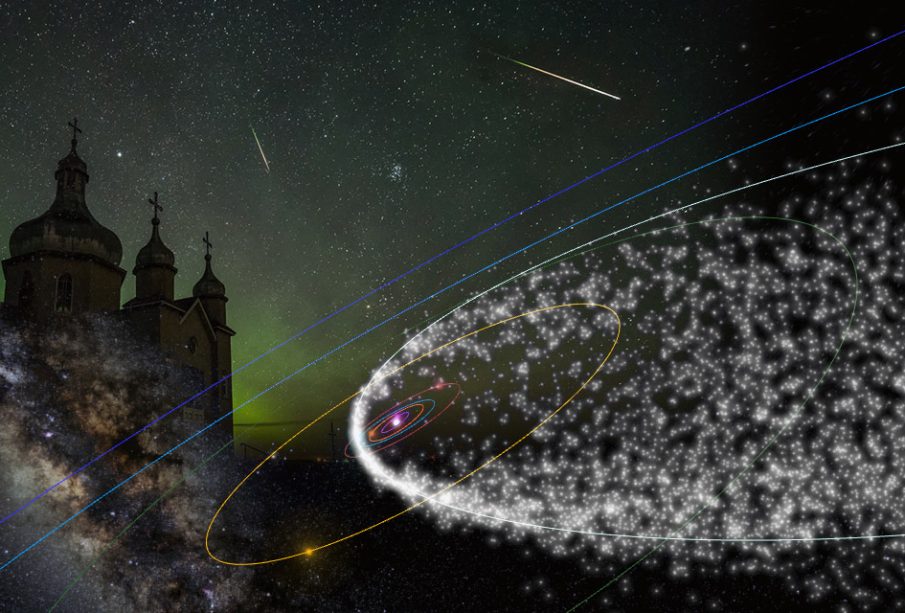Exploring the Perseids Meteor Shower 2023

Introduction to the Perseids Meteor Shower
The Perseids meteor shower is one of the most anticipated astronomical events of the year, known for its vibrant displays that light up the night sky. Occurring annually from mid-July to late August, this shower peaks around August 12-13, making it a popular event for stargazers and casual observers alike. The significance of the Perseids lies in its high meteor rate, making it a prime opportunity for families and sky enthusiasts to engage with the cosmos.
Details and Timing of the 2023 Event
This year, the Perseids meteor shower is expected to be particularly spectacular, with up to 100 meteors per hour at its peak viewed under optimal conditions. The peak night for viewing will occur on August 12 into the early morning of August 13. The meteors can be seen radiating from the constellation Perseus, and while the best views are typically from dark, rural locations far from city lights, urban dwellers can still catch a glimpse of these shooting stars.
Experts recommend finding a dark spot and lying on your back to gaze up at the sky, giving your eyes about 20 minutes to adjust to the darkness. This year’s Perseids will coincide with a waning gibbous moon, which means that moonlight might interfere with visibility; however, the shower’s intensity should still provide a memorable experience.
Scientific Significance
The Perseids meteor shower originates from Comet Swift-Tuttle, which last passed near Earth in 1992. As the Earth orbits the Sun, it passes through the debris trail left by this comet, leading to the spectacular meteor displays. Each shooting star is a fragment of this comet burning up in our atmosphere, creating a beautiful cosmic show that not only captivates the audience but also serves as an essential reminder of our universe’s dynamic nature.
Conclusion and Future Outlook
For astronomy enthusiasts, the Perseids meteor shower is more than just a visual treat; it is an invitation to explore the wonders of the universe. As 2023’s peak approaches, community events and viewing parties may arise, encouraging collective awe at this celestial spectacle. With ongoing advancements in space exploration and meteor tracking, scientists hope to further understand these magnificent events, deepening our appreciation for nature’s beauty in the nights above. Whether you’re a seasoned astronomer or a first-time observer, the 2023 Perseids meteor shower is an event not to be missed.


